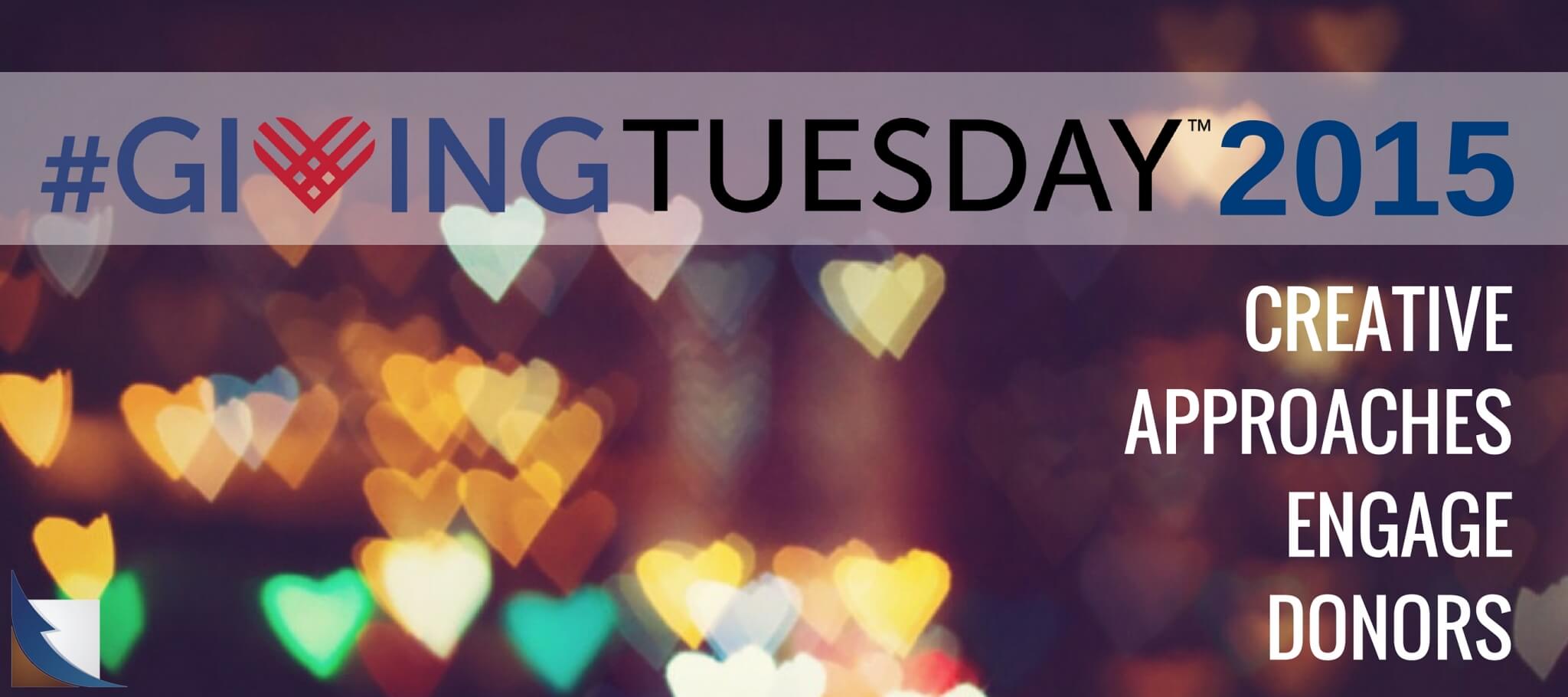The results are in, and #GivingTuesday 2015 rose to new heights of success, raising more than $116 million for charity. It’s a huge bump over last year’s total of $46 million. Clearly, despite the fear and worry engendered by world news focused on global violence—or maybe because of it—donors are feeling particularly generous. Perhaps #GivingTuesday empowers supporters by providing an avenue to make the world a better place.
Approximately 699,000 donors participated in #GivingTuesday from 71 countries, giving a total of 100 million gifts. #GivingTuesday had 1.3 million social media mentions, reaching over 917,000 Facebook users, more than triple last year. With four years of incremental success under its belt, #GivingTuesday is now recognized as the official start of the charitable season. Earlier this year a Harris Poll found that more than one in eight Americans is familiar with the event.
However, with this success comes a caveat. While it’s hard to argue with #GivingTuesday’s numbers, some people felt overwhelmed by the volume of email solicitations, on top of the retailer email barrage that’s become all too typical of the holiday season. “So many organizations are using the hashtag #GivingTuesday that there’s a point of overload,” advises David Munshine, president of The Munshine Group. “Organizations need to use thoughtful strategies to be heard through the noise.”
In this post we’ll compare two #GivingTuesday case studies: one a large organization and the other very small. While the organizations could not be more different, they share a creative, original approach to fundraising that enabled them to reach and even surpass their goals.
First, let’s take a look at Rutgers University, participating in its first-ever #GivingTuesday. Through a social media outreach that tapped into its huge millennial constituency, the university raised more than $1.1 million, surpassing its initial goal of $500,000. Rutgers’ strategies went beyond the usual emails and Facebook postings. Incentives and challenges were offered on social media, many targeted to millennials—recent graduates building careers and families. For example, supporters could share a photo of their babies in Rutgers attire for a chance to win $500 targeted to their favorite Rutgers cause. The success of Rutgers’ #GivingTuesday campaign is even more remarkable considering the fact that the university just completed a major campaign raising $1 billion.
The Sikh Coalition, a very small organization, also ‘thought outside the box’ and it paid off. The Chronicle of Philanthropy reports that this advocacy group for Sikh Americans, with a staff of only 12, raised $127,000 on #GivingTuesday—more than three times as much as last year. In early 2015 the organization developed a strategy to solicit matching gifts that would come to fruition in early December. Staff began lining up matching pledges months before the event. An email campaign also promoted the coalition’s participation in a contest sponsored by the online gift processor Network for Good. Subsequent emails created a sense of drama and urgency around the contest (which the coalition won), engaging supporters even more.
A report on #GivingTuesday from the Millennial Impact Project released this week says that simple soliciting is not always enough to inspire givers to give. The report points out that successful #GivingTuesday fundraising incorporates grassroots efforts—peer-to-peer or personal challenges, events, and incentives—alongside online and social media efforts. The goal is to achieve true involvement. Rutgers and the Sikh Coalition both bought into this strategy with outstanding results.


